What Is The Difference Between A Plunge Pool And A Swim Spa
When it comes to enhancing your home with a water feature, plunge pools and swim spas are two popular options that cater to different needs and preferences. Both offer unique benefits, transforming your backyard into a therapeutic oasis or a hub for exercise and relaxation. But which one is right for you? In this blog post, we’ll explore the differences between plunge pools and swim spas, helping you make an informed decision.

A Detailed Comparison: Size, Depth, and Purpose
Plunge Pools
Plunge pools are small, deep pools designed primarily for relaxation and cooling off. Typically ranging from 4 to 7 metres in length and about 1.2 to 2 metres in depth, they are ideal for compact spaces. Their primary purpose is to provide a refreshing dip rather than enabling extensive swimming or exercise routines. The depth of plunge pools makes them perfect for submersion, which can be particularly beneficial after a workout to soothe sore muscles.
Swim Spas
Swim spas, on the other hand, combine the features of a pool and a spa. They are generally larger than plunge pools, ranging from 4 to 6 metres in length, but can be custom-built to various sizes. Swim spas are designed to facilitate swimming against a current, enabling a full-body workout in a confined space. Depths can vary, but most are around 1 to 1.5 metres deep. Beyond exercise, swim spas also offer relaxation features, such as jets and heated water, making them a versatile addition to any home.
Cost Analysis: Installation, Maintenance, and Long-Term Expenses
Installation
The initial cost of a plunge pool is generally lower than that of a swim spa because of its smaller size and simpler installation. Prices for plunge pools vary widely, depending on factors such as materials used, depth, and additional features like heating or lighting. On the other hand, swim spas, with their advanced features such as powerful jets for swimming against resistance, built-in seating, and temperature controls, tend to be more expensive. Both options offer customization that can affect the overall cost, allowing buyers to tailor the pool or spa to their preferences and needs. Whether you choose a plunge pool or a swim spa, it’s essential to consider installation, maintenance, and long-term operating costs to make an informed decision.
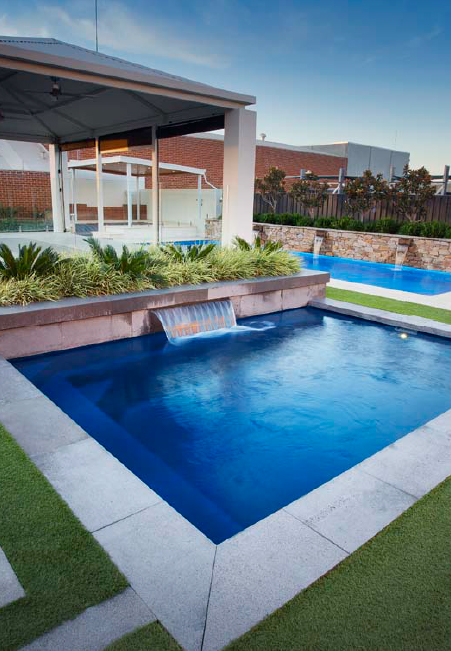
Maintenance
Both plunge pools and swim spas need regular upkeep, including cleaning and servicing to ensure they remain in optimal condition. This upkeep generally involves routine tasks such as skimming debris, checking chemical levels, and cleaning filters. However, swim spas might be more expensive to maintain due to their complexity, which often includes additional features like jets and heating systems that require specialised attention. Maintenance costs for plunge pools and swim spas can vary widely depending on factors like size, usage frequency, and the specific maintenance requirements of each setup. Regular professional servicing might also be necessary to address any mechanical or technical issues that arise over time.
Long-Term Expenses
Long-term expenses include energy costs, repairs, and potential upgrades. Swim spas, with their heating systems and jet features, tend to consume more energy than plunge pools. Over time, these additional costs can add up, making it essential to consider your budget and long-term financial commitment when choosing between the two.
Practical Considerations: Space Required, Health Benefits, and Usability
Space Required
One of the first practical considerations is the available space in your backyard. Plunge pools, given their compact size, can fit into smaller areas, making them suitable for urban homes or cosy gardens. Swim spas, although relatively compact compared to full-sized pools, still require more space due to their length and the need for clearance around the unit for maintenance.
Health Benefits
Both plunge pools and swim spas offer significant health benefits. Plunge pools provide a cool, invigorating dip that can aid muscle recovery and improve circulation. Swim spas, with their adjustable currents, offer a more dynamic option for cardiovascular exercise and muscle strengthening. The inclusion of jets in swim spas also provides therapeutic massage benefits, aiding in stress relief and muscle relaxation.
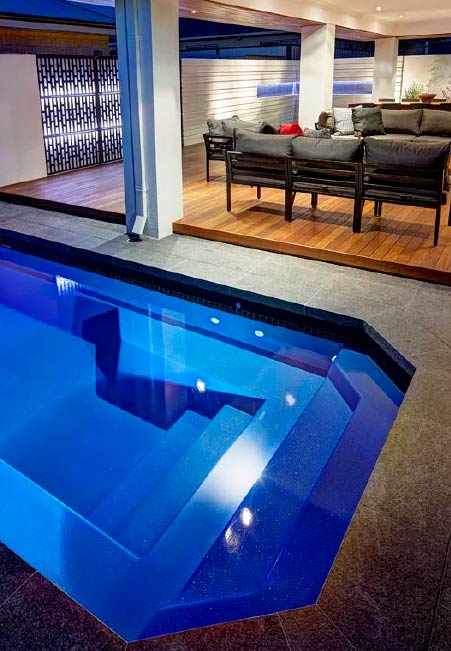
Usability
Consider how you and your family will use the water feature. If your primary goal is relaxation and a quick cool-off during hot days, a plunge pool might be the right choice. If you’re looking for a multi-functional setup that allows for both exercise and relaxation, a swim spa could be more suitable. Swim spas offer year-round usability with their heating features, while plunge pools are typically more seasonal.
Personalising Your Choice: Customisation Options and Aesthetics
Customisation Options
Both plunge pools and swim spas offer various customisation options to match your aesthetic preferences and functional needs. Plunge pools can be customised with features such as waterfalls, LED lighting, and unique tiling. Swim spas offer advanced options like variable current settings, integrated sound systems, and even built-in exercise equipment like rowing machines or resistance bands.
Aesthetics
Aesthetically, both options can be designed to complement your outdoor living space. Plunge pools can be seamlessly integrated into landscaping designs, creating a natural, tranquil oasis. Swim spas, while more functional, can also be aesthetically pleasing with modern design elements, sleek finishes, and thoughtful placement within your garden or patio area.
Making the Decision: Factors to Consider for Your Home
When deciding between a plunge pool and a swim spa, consider the following factors:
- Purpose: Determine your primary use – relaxation, exercise, or a combination of both.
- Space: Assess the available space in your backyard and any zoning regulations.
- Budget: Consider both the initial investment and long-term costs.
- Maintenance: Evaluate the time and effort you’re willing to dedicate to maintenance.
- Usability: Think about how often and during which seasons you plan to use the pool or spa.
Both plunge pools and swim spas offer unique benefits that can enhance your home and lifestyle. By understanding the differences in size, cost, usability, and customisation, you can make an informed decision that best suits your needs and preferences.
If you’re ready to transform your backyard into a luxurious retreat, consult with a professional pool and spa installer to explore the best options for your space. Whether you choose a plunge pool or a swim spa, you’ll be investing in a feature that offers relaxation, health benefits, and endless enjoyment for years to come.
What Is The Difference Between A Plunge Pool And A Swim Spa
When it comes to enhancing your home with a water feature, plunge pools and swim spas are two popular options that cater to different needs and preferences. Both offer unique benefits, transforming your backyard into a therapeutic oasis or a hub for exercise and relaxation. But which one is right for you? In this blog post, we’ll explore the differences between plunge pools and swim spas, helping you make an informed decision.
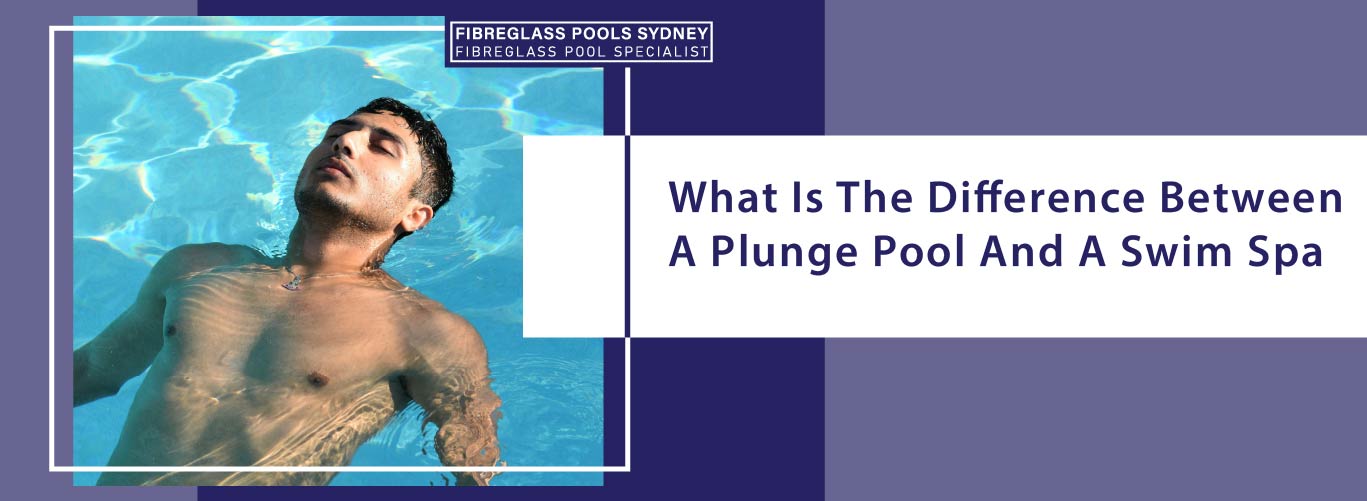
A Detailed Comparison: Size, Depth, and Purpose
Plunge Pools
Plunge pools are small, deep pools designed primarily for relaxation and cooling off. Typically ranging from 4 to 7 metres in length and about 1.2 to 2 metres in depth, they are ideal for compact spaces. Their primary purpose is to provide a refreshing dip rather than enabling extensive swimming or exercise routines. The depth of plunge pools makes them perfect for submersion, which can be particularly beneficial after a workout to soothe sore muscles.
Swim Spas
Swim spas, on the other hand, combine the features of a pool and a spa. They are generally larger than plunge pools, ranging from 4 to 6 metres in length, but can be custom-built to various sizes. Swim spas are designed to facilitate swimming against a current, enabling a full-body workout in a confined space. Depths can vary, but most are around 1 to 1.5 metres deep. Beyond exercise, swim spas also offer relaxation features, such as jets and heated water, making them a versatile addition to any home.
Cost Analysis: Installation, Maintenance, and Long-Term Expenses
Installation
The initial cost of a plunge pool is generally lower than that of a swim spa because of its smaller size and simpler installation. Prices for plunge pools vary widely, depending on factors such as materials used, depth, and additional features like heating or lighting. On the other hand, swim spas, with their advanced features such as powerful jets for swimming against resistance, built-in seating, and temperature controls, tend to be more expensive. Both options offer customization that can affect the overall cost, allowing buyers to tailor the pool or spa to their preferences and needs. Whether you choose a plunge pool or a swim spa, it’s essential to consider installation, maintenance, and long-term operating costs to make an informed decision.
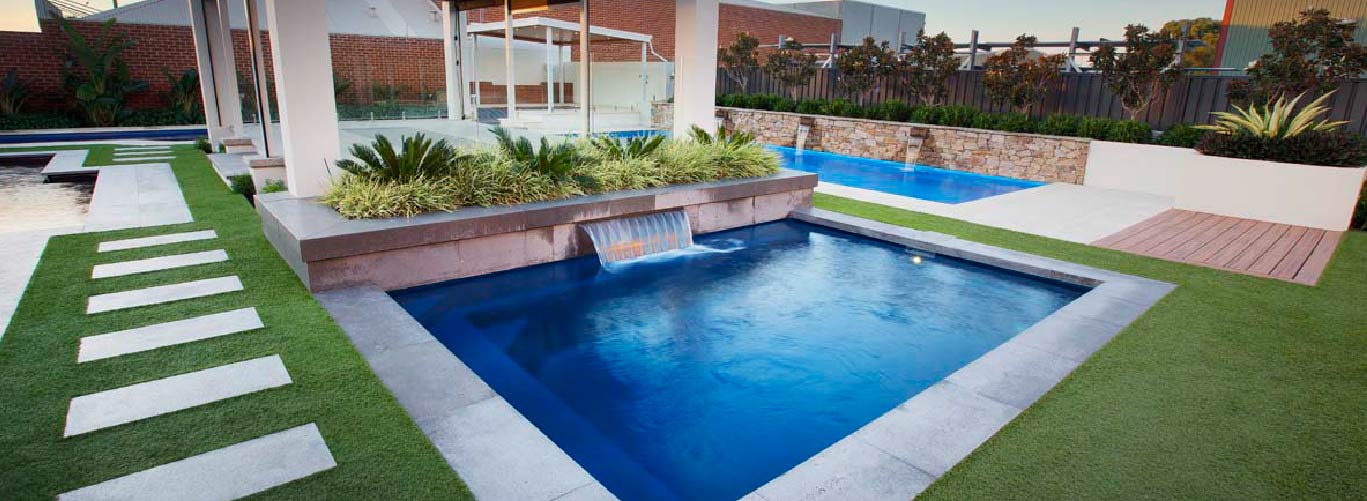
Maintenance
Both plunge pools and swim spas need regular upkeep, including cleaning and servicing to ensure they remain in optimal condition. This upkeep generally involves routine tasks such as skimming debris, checking chemical levels, and cleaning filters. However, swim spas might be more expensive to maintain due to their complexity, which often includes additional features like jets and heating systems that require specialised attention. Maintenance costs for plunge pools and swim spas can vary widely depending on factors like size, usage frequency, and the specific maintenance requirements of each setup. Regular professional servicing might also be necessary to address any mechanical or technical issues that arise over time.
Long-Term Expenses
Long-term expenses include energy costs, repairs, and potential upgrades. Swim spas, with their heating systems and jet features, tend to consume more energy than plunge pools. Over time, these additional costs can add up, making it essential to consider your budget and long-term financial commitment when choosing between the two.
Practical Considerations: Space Required, Health Benefits, and Usability
Space Required
One of the first practical considerations is the available space in your backyard. Plunge pools, given their compact size, can fit into smaller areas, making them suitable for urban homes or cosy gardens. Swim spas, although relatively compact compared to full-sized pools, still require more space due to their length and the need for clearance around the unit for maintenance.
Health Benefits
Both plunge pools and swim spas offer significant health benefits. Plunge pools provide a cool, invigorating dip that can aid muscle recovery and improve circulation. Swim spas, with their adjustable currents, offer a more dynamic option for cardiovascular exercise and muscle strengthening. The inclusion of jets in swim spas also provides therapeutic massage benefits, aiding in stress relief and muscle relaxation.
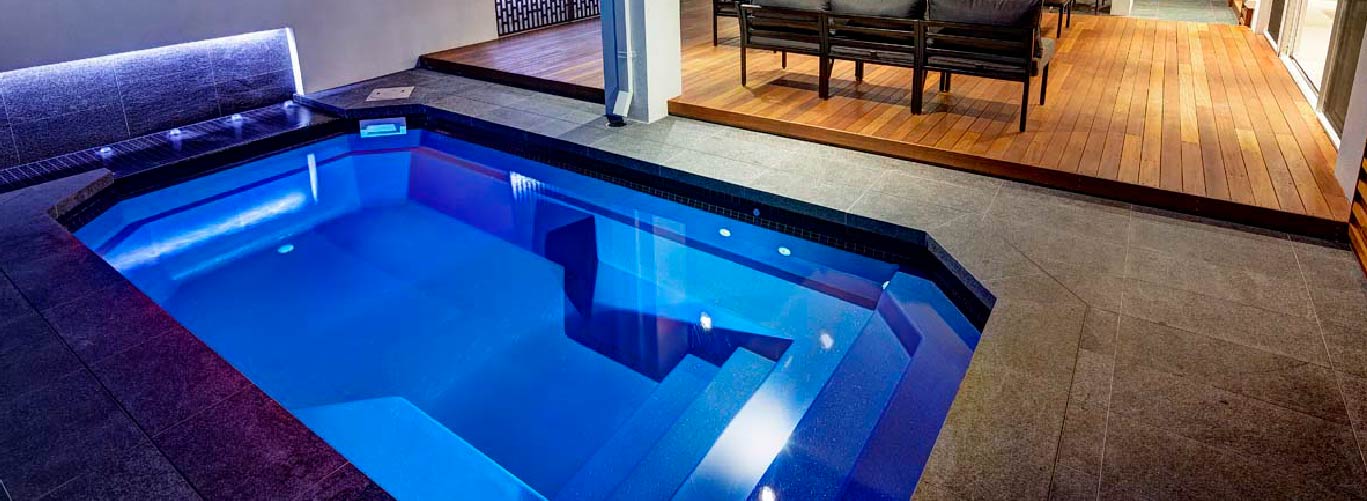
Usability
Consider how you and your family will use the water feature. If your primary goal is relaxation and a quick cool-off during hot days, a plunge pool might be the right choice. If you’re looking for a multi-functional setup that allows for both exercise and relaxation, a swim spa could be more suitable. Swim spas offer year-round usability with their heating features, while plunge pools are typically more seasonal.
Personalising Your Choice: Customisation Options and Aesthetics
Customisation Options
Both plunge pools and swim spas offer various customisation options to match your aesthetic preferences and functional needs. Plunge pools can be customised with features such as waterfalls, LED lighting, and unique tiling. Swim spas offer advanced options like variable current settings, integrated sound systems, and even built-in exercise equipment like rowing machines or resistance bands.
Aesthetics
Aesthetically, both options can be designed to complement your outdoor living space. Plunge pools can be seamlessly integrated into landscaping designs, creating a natural, tranquil oasis. Swim spas, while more functional, can also be aesthetically pleasing with modern design elements, sleek finishes, and thoughtful placement within your garden or patio area.
Making the Decision: Factors to Consider for Your Home
When deciding between a plunge pool and a swim spa, consider the following factors:
- Purpose: Determine your primary use – relaxation, exercise, or a combination of both.
- Space: Assess the available space in your backyard and any zoning regulations.
- Budget: Consider both the initial investment and long-term costs.
- Maintenance: Evaluate the time and effort you’re willing to dedicate to maintenance.
- Usability: Think about how often and during which seasons you plan to use the pool or spa.
Both plunge pools and swim spas offer unique benefits that can enhance your home and lifestyle. By understanding the differences in size, cost, usability, and customisation, you can make an informed decision that best suits your needs and preferences.
If you’re ready to transform your backyard into a luxurious retreat, consult with a professional pool and spa installer to explore the best options for your space. Whether you choose a plunge pool or a swim spa, you’ll be investing in a feature that offers relaxation, health benefits, and endless enjoyment for years to come.


